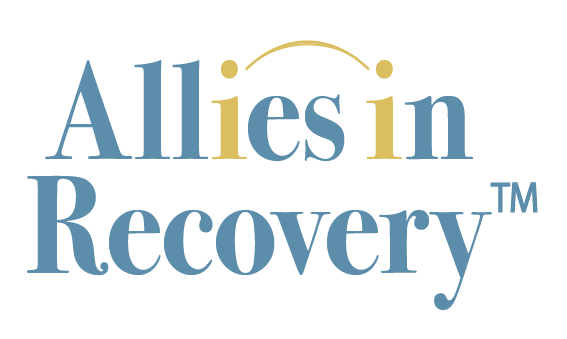Photo credit: cottonbro studio
Forty percent of Americans will suffer a major depressive episode at some point in their lives. Five percent of the world’s population is suffering from it at any given time. It’s a disease that’s too often misunderstood—when it’s not overlooked entirely. Recovery writer Annie Highwater offers this primer on the many forms depression can take, and the variety of paths available for dealing with it.
 March, for me, is the time of year when winter breaks and hope leaps forth with signs of spring. Though I do love many things about winter, I’m always thankful for a break in the cold and darkness.
March, for me, is the time of year when winter breaks and hope leaps forth with signs of spring. Though I do love many things about winter, I’m always thankful for a break in the cold and darkness.
Recent weeks led me to training and research regarding depression. The subject of depression is a large well to peer into. In a training session by clinicians at my workplace, we learned that common diagnoses range from clinical depression (major depressive disorder) to seasonal affective disorder (“winter blues”), prenatal depression during pregnancy, and postpartum depression, which usually starts within the first month after delivery.
But depression can take many other forms. There’s atypical depression (mood reactivity), persistent depressive disorder, disruptive mood dysregulation, premenstrual depression, medically related depression, bipolar depression, and depression resulting from circumstances of grief: loss of a loved one, a pet, a relationship, a job.
 Depression varies from person to person, but there are statistical differences among groups as well. Twice as many women as men suffer from depression. Those with intellectual or development disabilities show much higher rates of depression than those without. As for age differences, young adults (age 18-24) in the United States have the highest rate of depression and those over 65 the lowest.
Depression varies from person to person, but there are statistical differences among groups as well. Twice as many women as men suffer from depression. Those with intellectual or development disabilities show much higher rates of depression than those without. As for age differences, young adults (age 18-24) in the United States have the highest rate of depression and those over 65 the lowest.
There can be various causes and contributors to depression. It’s important for anyone struggling to be aware that drug and alcohol use can exacerbate it. Depression can also be worsened by problems with gut health and parasites.
There are multiple ways to treat and tend to depression: truly there’s no one-size-fits-all solution. Along with professional medical treatment and prescribed medications, alternative options are often helpful: sunlight, digging into faith and spiritual practices, diet and regular exercise, abstinence from drugs and alcohol.
When you feel the weight of depression on your shoulders, give these approaches a real consideration. They’re usually free, and very often fun. Two more examples: “Forest Bathing” (sometimes called forest therapy) has been studied and shown to be a helpful tool for decreasing depression levels. So has cold exposure therapy. From a short blast of cold water at the end of your shower to plunging your face into a bowl of icy water or actually submerging your body, the benefits can be profound!
As intense as depression can be, there is always hope that it can get better. Remember:

I wish you well,
Annie Highwater

